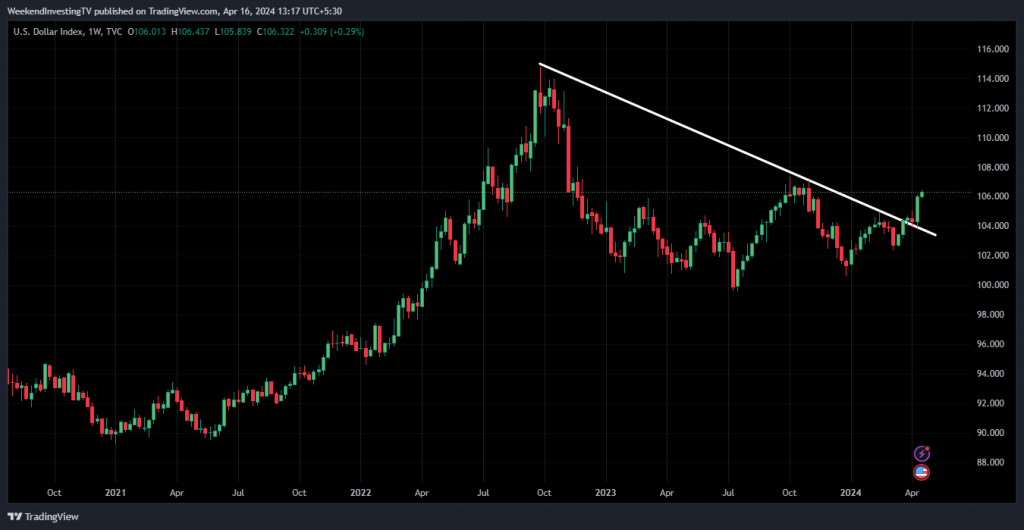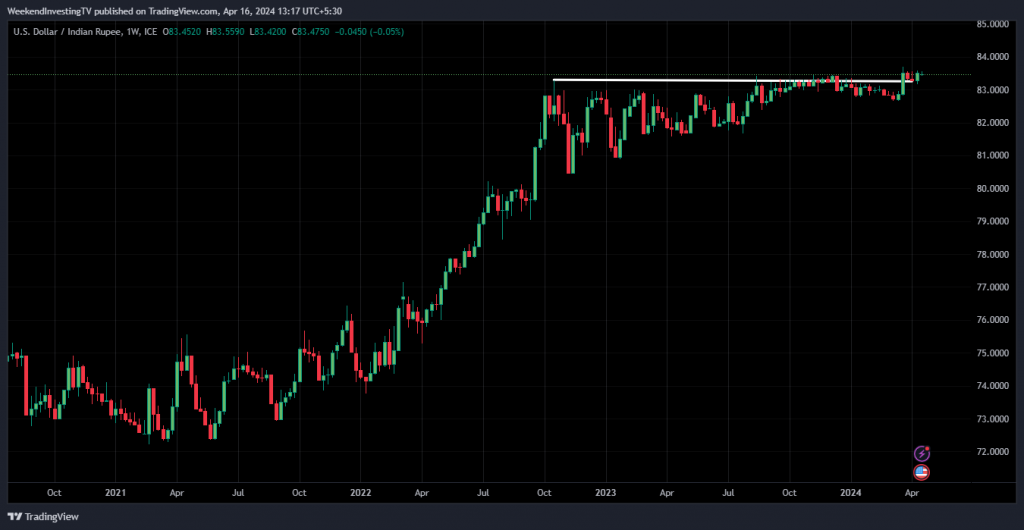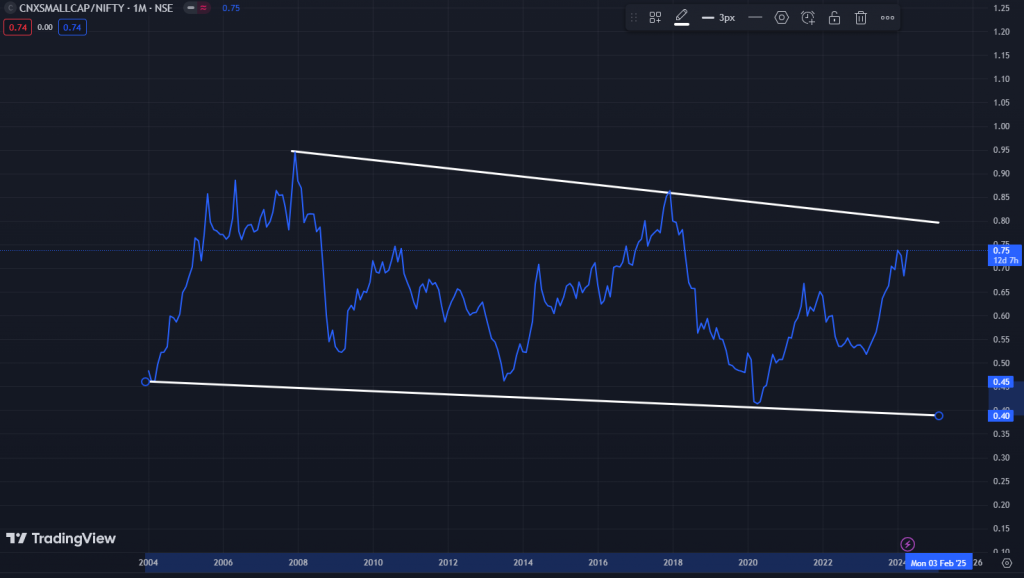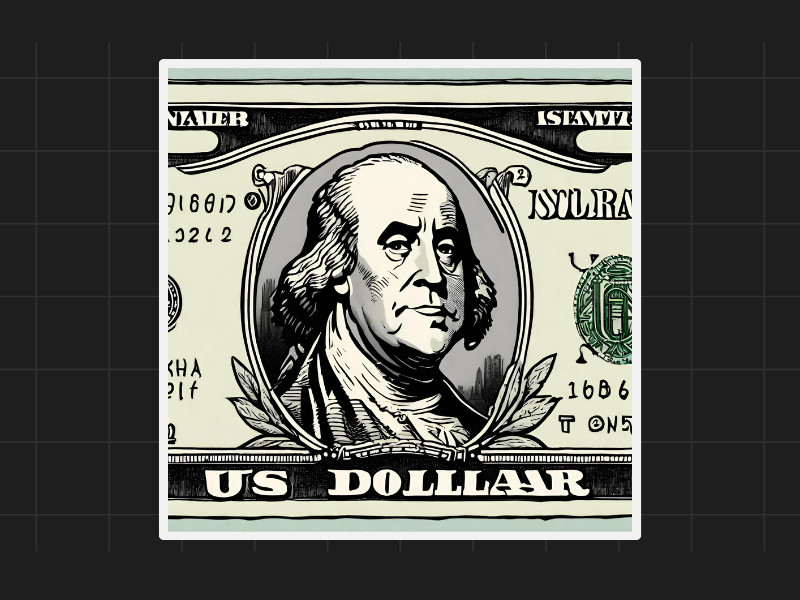The Dollar Index and Its Impact
The dollar index, a measure of the value of the United States dollar relative to a basket of foreign currencies, has been displaying significant movement recently. Since October of 2022, it has been fluctuating within a range of 106 to 100. However, there are indications that it may soon break out of this range. This is crucial because a rise in the dollar index could adversely affect the Indian rupee.

Potential Impact on the Indian Rupee
If the dollar index continues to strengthen, it is likely to put pressure on the Indian rupee. Despite the dollar index falling in the past, the rupee did not strengthen accordingly. Now, with the dollar index on the rise, the rupee may face further challenges. The Reserve Bank of India (RBI) has been actively trying to stabilize the rupee, particularly around the 83 levels. However, continued strengthening of the dollar index could undermine these efforts.

Implications for Various Sectors
A stronger dollar index means more money flowing into dollars from other currencies. This can have far-reaching consequences across different sectors. For instance, industries that rely heavily on imports may face increased costs due to a weakened rupee. Additionally, commodities like crude oil and gold, which are often denominated in US dollars, may become more expensive for Indian buyers.
Considerations for Investors
For discretionary investors, it is essential to consider the potential impact of currency fluctuations on various industries. While export-oriented sectors may benefit from a weaker rupee, import-heavy industries could face challenges. Similarly, commodities may see price increases, affecting overall market dynamics. Being aware of these factors can help investors make informed decisions.
Spotlight – Can Small Caps continue to outperform Large Caps ?
This ratio chart illustrates the performance of Small Caps relative to Large Caps over a 20-year period, ranging between 0.4 and 0.95. A rising trend line indicates Small Caps outperforming Large Caps, while a declining trend line suggests the opposite.

During market uptrends, Small Caps typically excel as the numerator experiences more substantial growth than the denominator, driving the ratio upwards.
Conversely, in bearish market conditions, Small Caps endure sharper declines compared to Large Caps, causing the numerator to contract more rapidly, leading to a downward trend in the ratio.
Notable examples include the 2008 Global Financial Crisis and the 2018 small cap crash.
Presently, the market appears to be maintaining an upward trajectory, potentially signalling further potential on the upside before a healthy correction ensues.
While we may not exactly know how much steam might be left for small caps in the current rally, one can surely consider more allocations towards large caps as the ratio expands towards previous tops around 0.8 & 0.9.
From a generic point of view, it is advisable to maintain diversified allocations across all market cap segments rather than attempting to time entry and exit points within a single segment.

Disclaimers and disclosures : https://tinyurl.com/2763eyaz
If you have any questions, please write to support@weekendinvesting.com









